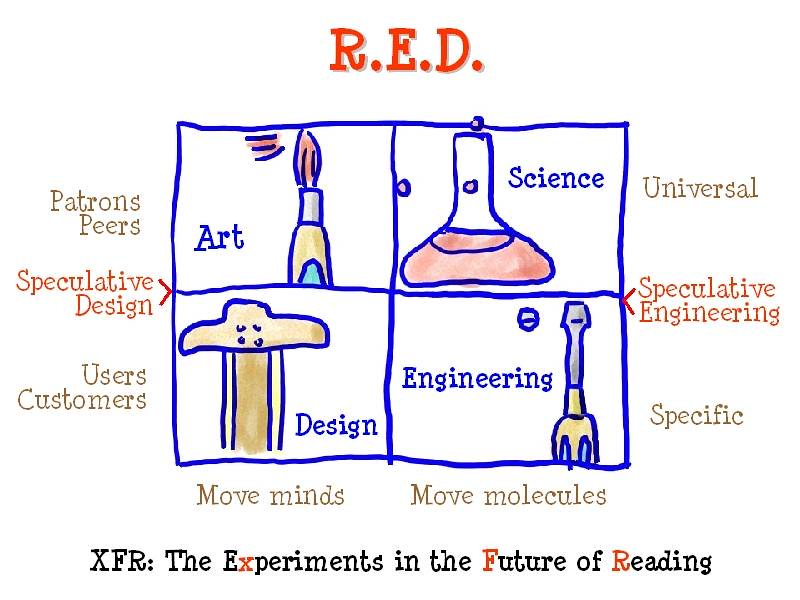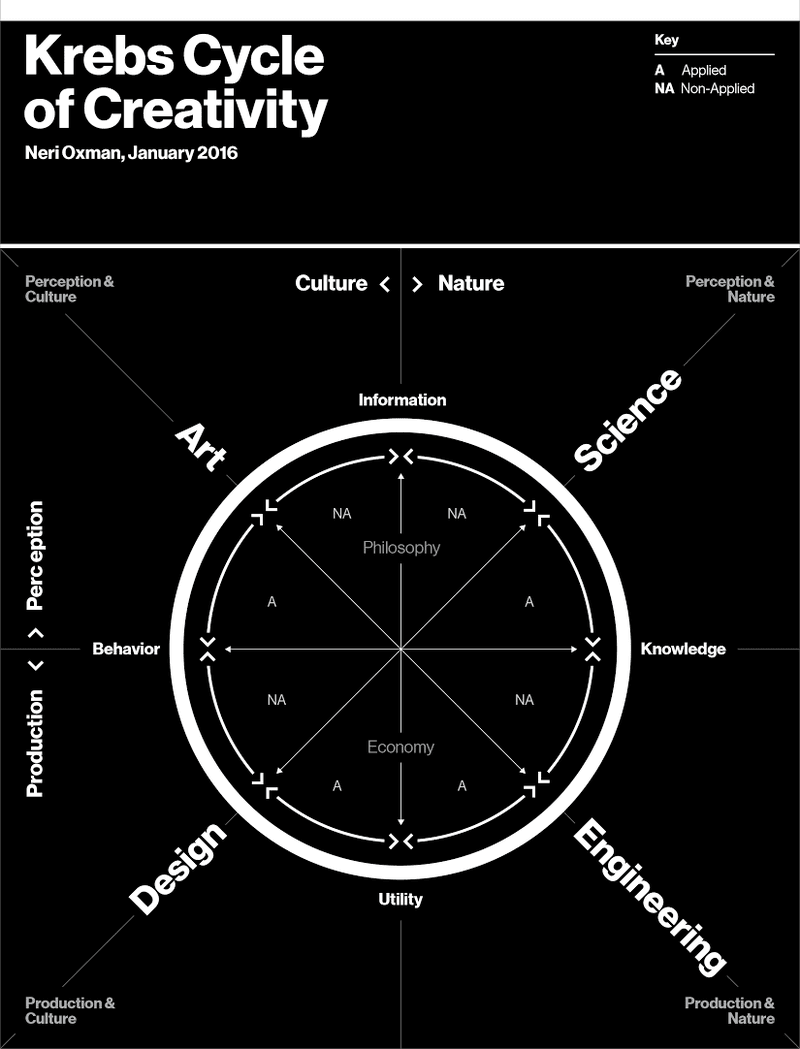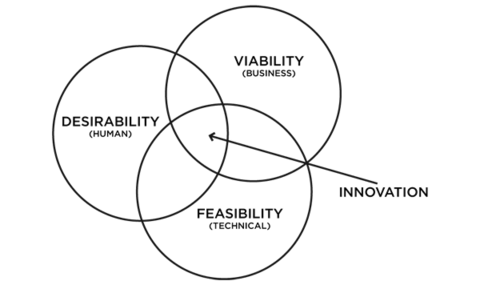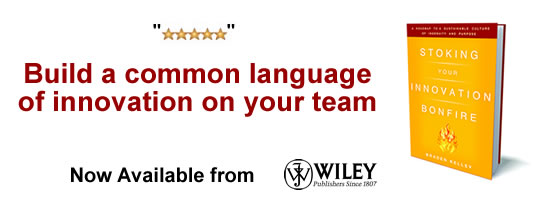
GUEST POST from Greg Satell
In 2014, when Silicon Valley was still largely seen as purely a force for good, George Packer wrote in The New Yorker how tech entrepreneurs tended to see politics through the lens of an engineering mindset. Their first instinct was to treat every problem as if it could be reduced down to discrete variables and solved like an equation.
Despite its romantic illusions, the digital zeitgeist merely echoed more than a century of failed attempts to generalize engineering approaches, such as scientific management, financial engineering, six sigma and shareholder value. All showed initial promise and then disappointed, in some cases catastrophically.
Proponents of the engineering mindset tend to blame its failures on poor execution. Surely, logic would suggest that as long as a set of principles are internally consistent, they should be externally relevant. Yet the problem is that reality is not simple and clear-cut, but complex and nonlinear, which is why we need be ready to adapt to the unexpected and nonsensical.
The Rise of the Engineering Mindset
In the 1920s, a group of intellectuals in Berlin and Vienna, much like many of the Silicon Valley digerati today, became enamored with the engineering mindset. By this time electricity and internal combustion had begun to reshape the world and Einstein’s theory of relativity, confirmed in 1919, had reshaped our conception of the universe. It seemed that there was nothing that scientific precision couldn’t achieve.
Yet human affairs were just as messy as always. Just a decade before Europe had blundered its way into the most horrible war in history. Social scientists still seemed no more advanced than voodoo doctors and philosophers were still making essentially the same arguments the ancient Greeks used two thousand years before.
It seemed obvious to them that human endeavors could be built on a more logical basis and saw a savior in Ludwig Wittgenstein and his Tractatus, which described a world made up of “atomic facts” that could be combined to create “states of affairs.” He concluded, famously, that “Whereof one cannot speak, thereof one must remain silent,” meaning that whatever could not be proved logically must be disregarded.
The intellectuals branded their movement logical positivism and based it on the principle of verificationism. Only verifiable propositions would be taken as meaningful. All other statements would be treated as silly talk and gobbledygook. Essentially, if it didn’t fit in an algorithm, it didn’t exist.
A Foundational Crisis
Unfortunately, and again much like Silicon Valley denizens of today, the exuberant confidence of the logical positivists belied serious trouble underfoot. In fact, while the intellectuals in Berlin and Vienna were trying to put social sciences on a more logical footing, logic itself was undergoing a foundational crisis.
At the root of the crisis was a strange paradox, which can be illustrated by the sentence, “The barber shaves every man who does not shave himself.” Notice the problem? If the barber shaves every man who doesn’t shave himself, then who shaves the Barber? If he shaves himself, he violates the statement and if he does not shave himself, he also violates it.
It seems a bit silly, but the Barber’s Paradox is actually a simplified version of Russell’s Paradox involving sets that are members of themselves, which had baffled mathematicians and logicians for decades. Clearly, for a logical system to be valid and verifiable, statements need to be provably true or false. 2+2 for example, needs to always equal four. Yet the paradox exposed a hole that no one seemed able to close.
Eventually, the situation came to a head when David Hilbert, one of the most prominent logical positivists, proposed a program that rested on three pillars. First, mathematics needed to be shown to be complete in that it worked for all statements. Second, mathematics needed to be shown to be consistent, no contradictions or paradoxes allowed. Finally, all statements need to be computable, meaning they yielded a clear answer.
The hope was that the foundational crisis would be resolved, the hole at the center of logic could be closed and the logical positivists could move along with their project.
The System Crashes
Hilbert and his colleagues received and answer faster than most had expected. In 1931, just 11 years after Hilbert proposed his foundational problems, 25-year-old Kurt Gödel published his incompleteness theorems. It wasn’t the answer anyone was expecting. Gödel showed that any logical system could be either complete or consistent, but not both,
Put more simply, Gödel proved that every logical system will always crash. It’s only a matter of time. Logic would remain broken forever and the positivists hopes were dashed. Obviously, you can’t engineer a society based on a logical system that itself is hopelessly flawed. For better or for worse, the world would remain a messy place.
Yet the implications of the downfall of logic turned out to be far different, and far more strange, than anyone had expected. In 1937, building on Gödel’s proof, Alan Turing published his own paper on Hilbert’s computability problem. Much like the Austrian, he found that all problems are not computable, but with a silver lining. As part of his proof, he included a description of a simple machine that could compute every computable number.
Ironically, Turing’s machine would usher in a new era of digital computing. These machines, constructed on the basis that they would all eventually crash, have proven to be incredibly useful, as long as we accept them for what they are — flawed machines. As it turns out, to solve big, important problems, we often need to discard up our illusions first.
We Need to Think Less Like Engineers and More Like Gardeners
The 20th century ushered in a new era of science. We conquered infectious diseases, explored space and unlocked the genetic code. So, it was not at all unreasonable to want to build on that success by applying an engineering mindset to other fields of human endeavor. However, at this point, it should be clear that the approach is far past the point of saving.
It would be nice if the general well-being could be reduced to a single metric like GDP or the success of an enterprise could be fully encapsulated in a stock price. Yet today we live, as Danny Hillis has put it, in an age of the entanglement, where even a limited set of variables can lead to the emergence of a new and unexpected order.
We need to take a more biological view in which we think less like engineers and more like gardeners that grow and nurture ecosystems. The logical positivists had no idea what they were growing, but somehow what emerged from the soil they tilled turned out to be far more wondrous—not to mention exponentially more useful—than what they had originally intended.
As I wrote at the beginning of this crazy year, the time has come to rediscover our humanity. We are, in so many ways, at a crossroads. Technology will not save us. Markets will not save us. We simply need to make better choices.
— Article courtesy of the Digital Tonto blog
— Image credit: Pixabay
![]() Sign up here to get Human-Centered Change & Innovation Weekly delivered to your inbox every week.
Sign up here to get Human-Centered Change & Innovation Weekly delivered to your inbox every week.






 The biggest danger to the cause of advancing innovation when it comes to the engineering and marketing departments is that the relationship develops into one without constructive conflict and without healthy collaboration. For innovation to be repeatable in an organization these two sides must share openly, have their perspectives valued, and contribute to a conversation. Marketing and engineering hear different aspects of the voice of the customer in their interactions with them, and they approach solutions to problems in different ways.
The biggest danger to the cause of advancing innovation when it comes to the engineering and marketing departments is that the relationship develops into one without constructive conflict and without healthy collaboration. For innovation to be repeatable in an organization these two sides must share openly, have their perspectives valued, and contribute to a conversation. Marketing and engineering hear different aspects of the voice of the customer in their interactions with them, and they approach solutions to problems in different ways.